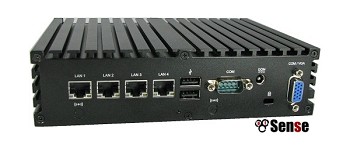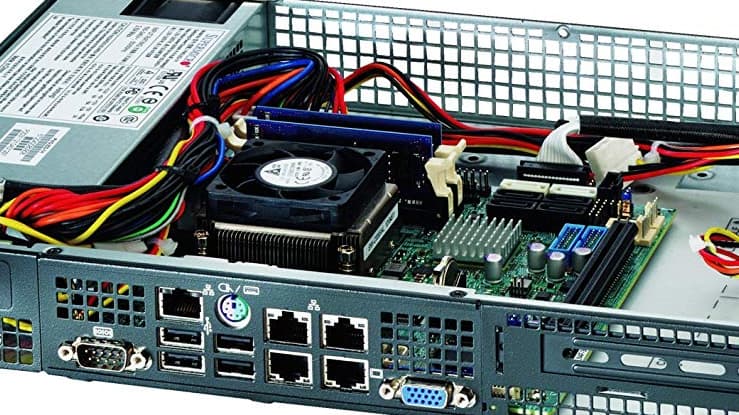

This is a huge selling point for people who have existing hardware, as the downside of most router firmware is that it’s extremely lacking in terms of features.

This is special because OpenWrt can be installed on existing routers, meaning that you can purchase a router, flash it with OpenWrt and use it instead of the default operating system. The biggest selling point of OpenWrt is that it provides a fully writable filesystem, where packages can be installed/used. OpenWrt is an open-source operating system based on Linux that targets embedded devices. One of the best things about pfSense is that there’s a really great community behind it, so if you have a question, want to implement something new, or need to learn how to troubleshoot an issue, there’s a great group of people who are willing to help. They also come with pfSense Plus included at no charge, whereas pfSense Community Edition is the version used for personal hardware. While pfSense can be installed on older hardware or even virtualized, Netgate does sell devices that you can purchase which are extremely powerful and come with pfSense preinstalled. pfSense is as customizable as you want it to be, meaning that you can simply use it as a basic firewall and DHCP server, or customize it thoroughly and create VLANs, install packages, and even run WireGuard or OpenVPN on it to ensure you can access your network from anywhere.

PfSense is a free, open-source firewall and router based on FreeBSD, created and maintained by Netgate. OpenWrt, we will look at both operating systems to determine the key differences.


 0 kommentar(er)
0 kommentar(er)
